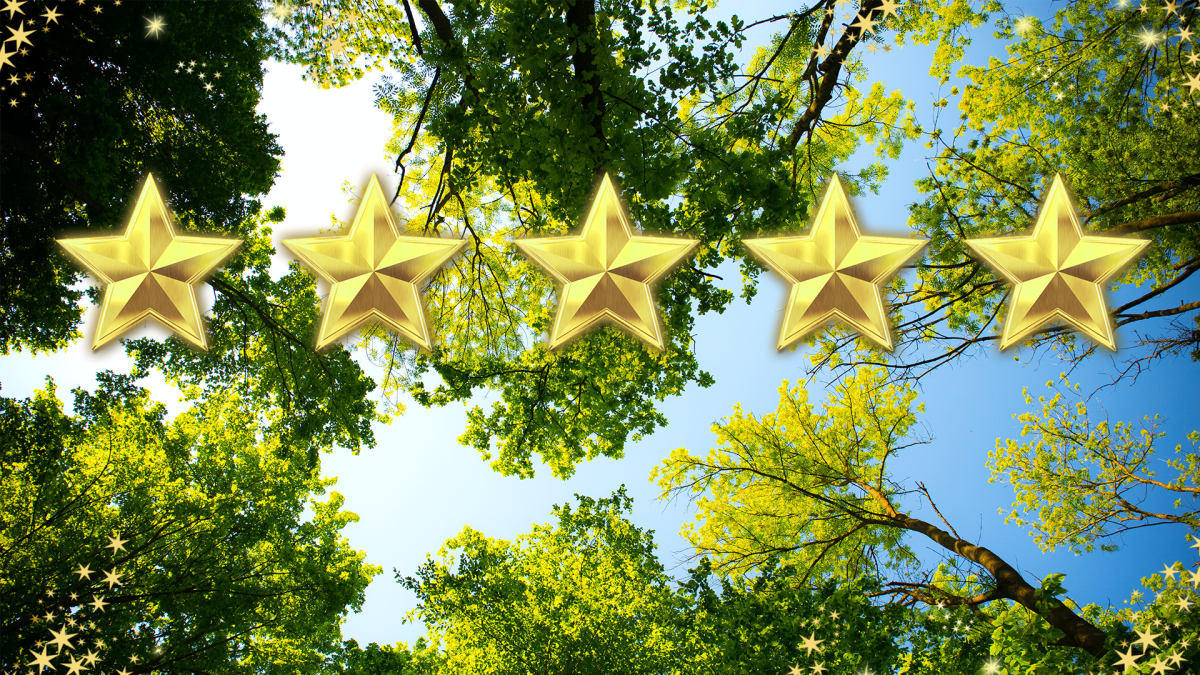In the final part of A Light in the Dark (pt. 3 of 3), students create their solution to the problem based on their chosen theme. Students present their final solutions to be evaluated.
After exploring recycling by reading "What a Waste" by Jess French and watching a video of Kenyan flip flop recycling project, students will gather recyclable materials from home and school to design
Rad Roller Coasters Part 2 comes at the end of our paper roller coaster project. Students will collect data on their coaster and use that to calculate velocity, potential energy and kinetic energy
The students design and test a catapult using simple materials like popsicle sticks and rubber bands. They learn about the history of catapults and also about the physical science concepts related to
In this lesson students will use the Engineering Design Process to build a zipline carrier that will take their passenger down the zipline in a given time period, adjusting and altering their design
Students will take the rover models they built using LEGOs in Design a Rover Part 1. They will improve on their design in Tinkercad and build a model that will be printed utilizing a 3D printer. Their
Students are challenged with making a simple hoop glider and then altering it to achieve the greatest possible distance before being given the opportunity to change hoop materials and achieve the
Hot Air Ballooning in Arizona is a two day science and engineering lesson. Students explore how to create a model hot air balloon and talk about the science behind it. This lesson compliments the
Fecal Transplant Exploration is a 2 day lesson that involves science, engineering, and writing. Students will gather background information on bacteria. Learn about fecal transplants, then create
This is the planning and set-up stage for an experiment to see which type of gardening is the most sustainable and produces the best results. You will need to either choose or have students help
Students will investigate how a simple circuit works through the use of Squishy Circuits. This is part 2 of a 3 part unit but can also be done as a stand alone activity. Students will draw and label
In this lesson, students begin to develop questions about what is being wasted in our school. It could be waste during lunch or waste as an overall school. Students will conduct an investigation
This lesson helps kids have an understanding of how our eyes capture light. A camera captures pictures of objects using a similar way so in this experiment, kids will be making a camera using simple
Students will first build and collect data on how fast their solar car is. Then students can change items to increase the efficiency of the solar panel to increase the overall speed of the solar car.
Students will create an inclined plane using Pythagorean Theorem and will experiment with rolling objects and try to find a solution to reduce the speed through friction, or air resistance or weight.
Context: This lesson takes place in a classroom for two or more class periods Students may work in small groups of 2-4. An emphasis on the experiment of making an indestructible Edison robot Creative
Students use the engineering design process to create paper rocket protoypes and complete a cost-benefit analysis to help choose the best one.
The lesson is designed for use as part of a unit on energy transfer within a system. Before doing this lesson, students should have a basic understanding of potential and kinetic energy. Students will
Using the Engineering Design Process, students work in teams to create a covered wagon that the Bee-Bot pulls as they program on a mat from Missouri to Oregon. Students are learning about the Western
Students use color theory, write recipes, and use an iterative design process to create a natural dye.
Featured Lesson Plans
Check out these notable lesson plans.

Arizona Animal Crossing
In this lesson, students use the engineering process to solve a real-world problem along the I-10 in Arizona. Students analyze data about roadkill along a particular stretch on the I-10 just outside

Hoop Gliders: Day 4
Students will follow the Engineering Design Process to create a hoop glider out of straws and index cards and explore the forces of flight. Students will work on the 4Cs skills as they work together

Go through different STEM, reading, and writing activities with Roz and her friends in The Wild Robot. Students will problem solve, participate in discussions, and learn about artificial intelligence


